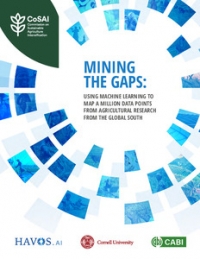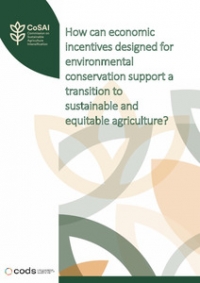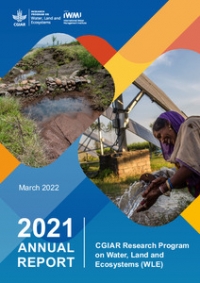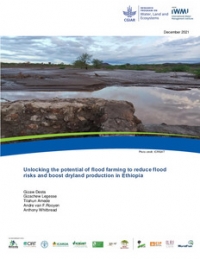The control of pests by their natural enemies represents an important ecosystem service that has the potential to mitigate pest control costs and crop yield loss. The value of ecosystem services to agriculture is enormous and often under-appreciated.
The use of broad-spectrum insecticides can damage the populations of natural enemies thereby reducing the cost-effectiveness of insecticide investment. As the world’s largest pesticide producer and consumer, China uses 1.3 million tons of pesticides annually- 2.5 times the global average usage per unit area. Chinese farmers often rely on chemical insecticides as the primary method of pest control. China is also the world’s largest cotton producer. Although there has been extensive adoption of insect-resistant Bacillus thuringiensis (Bt) cotton, a significant proportion of insecticide use can be attributed to cotton, both in terms of aggregate and per hectare use.
Land use diversity can support ecosystem services such as biological pest control and reduces the need for insecticides as shown by empirical evidence collected in support of this principle in North America, Europe and Australia. However, very limited information is available from developing countries, where smallholder farming is predominant and the need for safe food and environmentally safe pest control by natural enemies is likely to be even greater than those in developed countries.
Chinese agriculture is characterized by not only highly disturbed agro-ecosystems but also by very diverse land use at the (small) plot level, which offers a unique case study. Simultaneously, globalization and rural-to-urban migration is shifting land use toward monoculture systems. A widespread concern is that landscape simplification may result in an increase in insect pest pressure, and thus an increased need for insecticides.
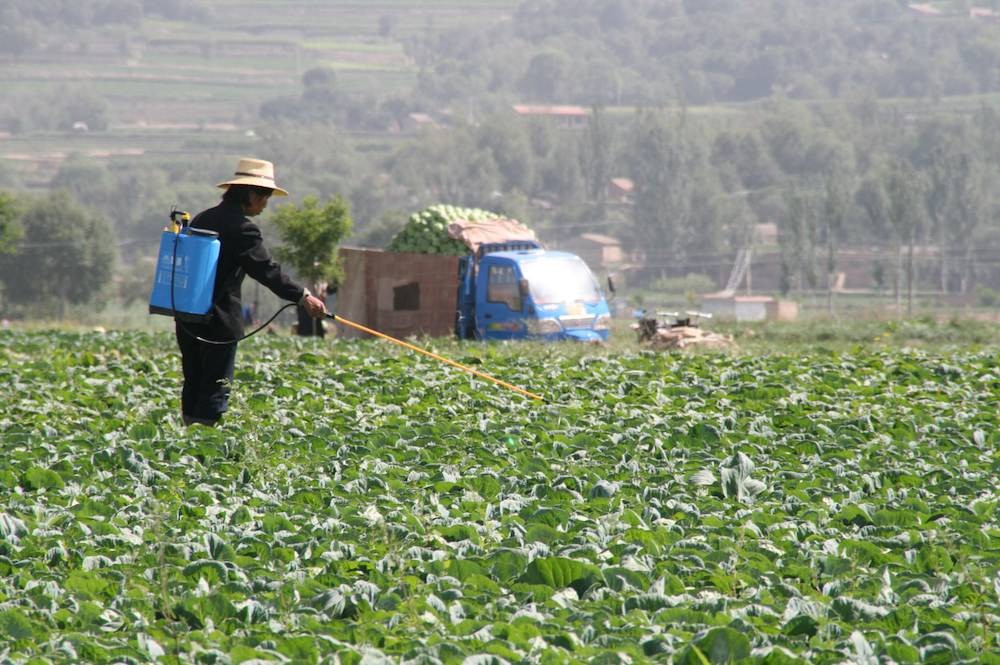
Landscape Diversity and Ecosystem Services in Agricultural Ecosystems: Implications for Sustainable Growth and Rural Poverty in China - a project supported by the Ecosystem Services for Poverty Alleviation program (jointly funded by DFID, NERC and SERC of the United Kingdom) and linked to the CGIAR Research Program on Water, Land and Ecosystems investigated the empirical relationships between land use diversity, pest pressure, and insecticide application for cotton in China.
Preliminary findings at the landscape level show that the share of maize area in the landscape is positively correlated with the abundance of lady beetles- a generalist arthropod predator and an effective natural enemy of cotton aphids in cotton fields. This is likely due to favorable habitats in rotational wheat-maize fields, both in terms of availability of alternative prey and lower rates of insecticide disturbance.
It was also found that the area of cotton in the landscape is negatively correlated with the abundance of lady beetles, probably because arthropods are generally susceptible to the broad-spectrum insecticides used frequently in the growth of cotton crops. Larger areas of cotton within the landscape, means greater overall magnitude of insecticide control at the landscape scale and a smaller habitat area for natural enemies.
While results on the economic value of ES to smallholders are being finalized, the findings so far demonstrate that promotion of land use diversity has the potential to become an effective means to support cotton aphid biological control services in agricultural landscapes. However, at present, enhancing biological control services by promoting land use diversity is unlikely to be cost-effective for smallholder producers given the high return rate for insecticide use. On the other hand, coordinated habitat management at the landscape scale can potentially be economically viable.
Policies that encourage farmers to account for the human health and environmental costs of insecticides would help incentivize the adoption of habitat management. A project titled “Mobile agent-based ecosystem services management in smallholder landscapes – China and Southeast Asia”, which has been proposed for WLE in 2013, uses agent-based modeling tools to model the effect incentive schemes in Cambodia, Vietnam, and China to understand the institutional effects on ES provision as well as to scale up the results of the earlier research to achieve impact on the ground.


















